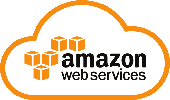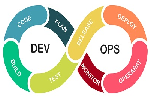
DevOps Life Cycle
DevOps defines an active relationship between operations and development. It is a process where the development team and operational engineers work together from beginning to end.
The DevOps Life Cycle is important to understand about DevOps. There are 1+7 stages in the Devops life cycle.

The DevOps seminar will help you to learn DevOps from scracth to deep knowledge of various DevOps tools such as fallowing List.
Kubernetes.1) Continuous Development
This step involves the planning and coding of the software. The focus of the plan is determined during the planning phase. And developers start developing code for the application. There are no DevOps tools required for planning, but there are several tools for managing code.

2) Continuous Integration
This phase is the heart of the DevOps lifecycle. This is a software development practice in which developers need to make frequent changes to the source code. It can be on a daily or weekly basis. Then each commit is built and it allows you to identify them early if there are problems.
Not only is building code compiled, it also includes unit testing, integration testing, code review and packaging. The code that supports the new functionality is continuously integrated with the existing code. Therefore, there is a continuous development of software. End-users need to continuously and seamlessly integrate updated code with systems to reflect changes.
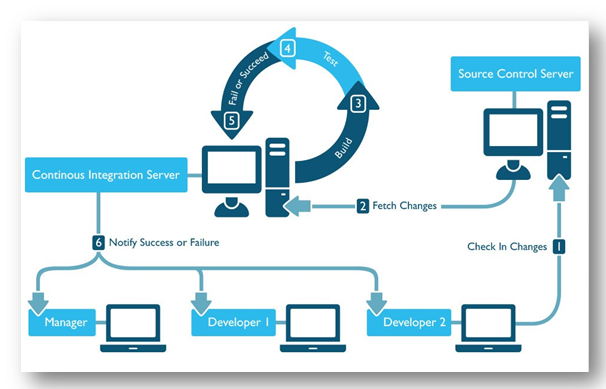
Jenkins is a popular tool used at this stage. Whenever there is a change in the Git repository, then Jenkins receives the updated code and prepares to generate that code, which is an executable file in the form of a battle or jar. This build is then forwarded to the test server or production server.
3) Continuous Testing
This step is constantly testing for developed software bugs. For static testing, automation testing tools such as Testing, Junit, Selenium, etc. are used. These tools allow QAs to fully test multiple code-bases in parallel to ensure there are no errors in functionality. At this stage, Docker containers can be used to simulate the test environment.
Selenium performs automation testing, and produces Testing reports. This entire testing phase can be automated with the help of a continuous integration tool called Jenkins.

Automation testing saves a lot of time and effort in running tests without having to do it manually. Other than that, report generation is a big plus. The task of assessing failed test cases in a test suite is simple. We can schedule the execution of test cases at predefined times. After testing, the code is connected to the existing code.
4) Continuous Deployment
At this stage, the code is set to production servers. Also, it is essential to make sure the code is used correctly on all servers.
New code is constantly deployed, and configuration management tools play an important role in executing tasks more frequently and quickly. Here are some of the most popular tools at this stage, such as Chef, Puppet, Ansible and Saltstock.
Containerization tools also play an important role in the expansion stage. Vagrant and Docker are popular tools used for this purpose. These tools help develop, demonstrate, test and produce sustainability in the production environment. They also help to soften and scale the cases.
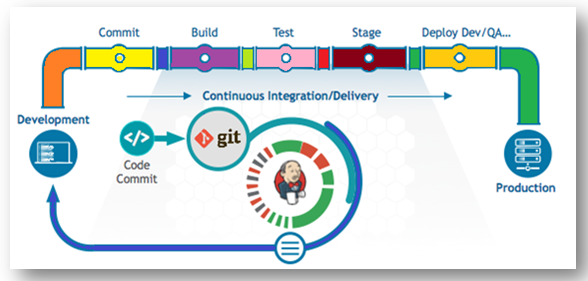
Containerization tools help maintain consistency in environments where the application is tested, developed, and implemented. There is no chance of errors or failures in the production environment when packaged and reflected on the same dependencies and packages used in the testing, development and staging environment. This makes it easy to run the application on different computers.
5) Continuous Operations
DevOps operations are based on continuity with the full automation of the release process and allowing the company to continuously market the entire time.
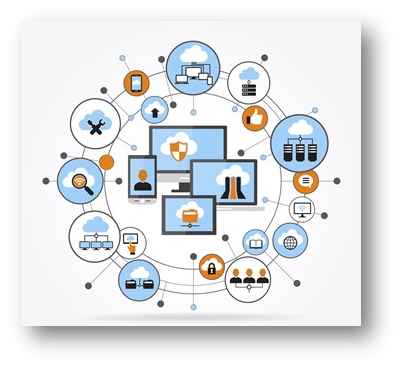
It is clear from the discussion that continuity in DevOps is a key factor in eliminating steps that often drive development, identify problems, and create a better version of the product after several months. With DevOps, we can make any software product more efficient and increase the number of customers who are interested in your product.
6) Continuous Monitoring
Monitoring is a step that encompasses all the functional aspects of the entire DevOps process, where important information about software usage is recorded and processed to track trends and identify problem areas.
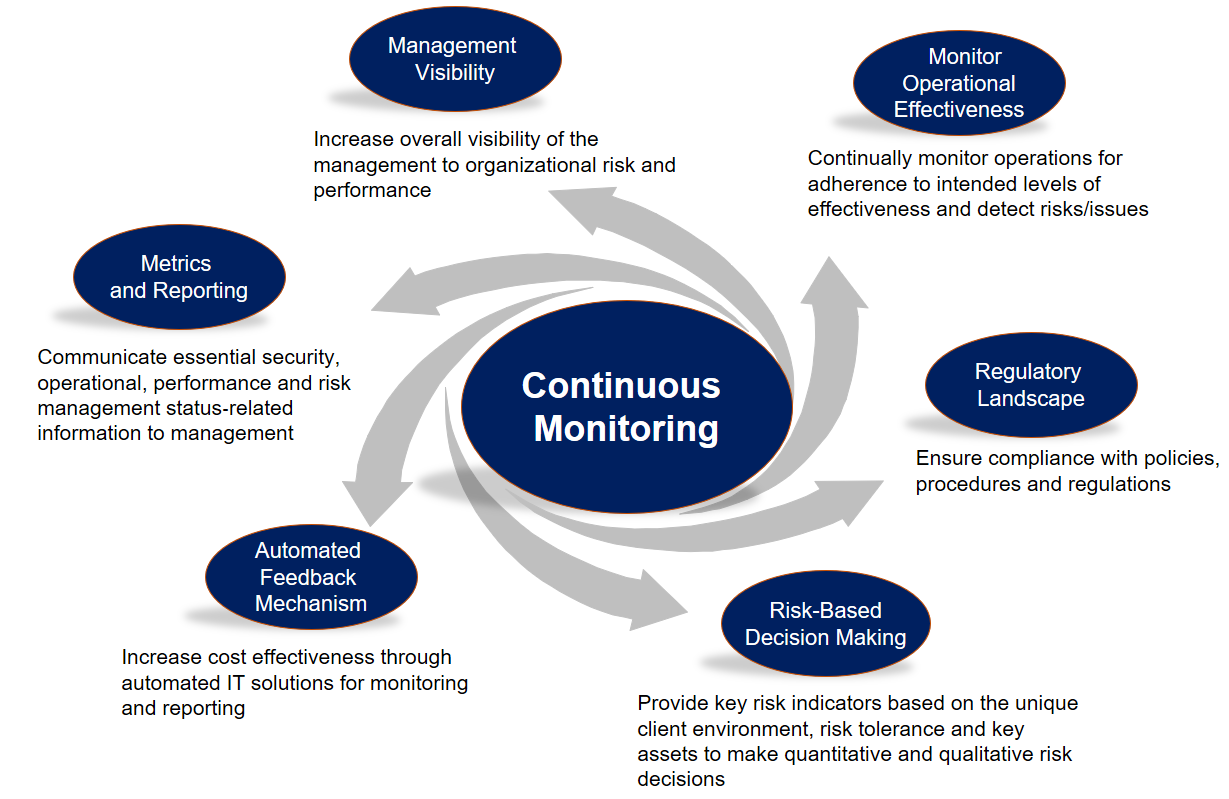
In general, monitoring software is integrated into the application's operational capabilities. This can occur in the form of documentation files or generate large volumes of data about application parameters when in constant use. System errors, such as a server inaccessibility, low memory, etc. can be fixed at this stage. It governs the security and availability of the service.
7) Continuous Feedback
The application development is regularly improved by studying the results from the operations of the software. This is carried out by placing the serious stage of continuous feedback between the operations and development of the next version of the present software application.
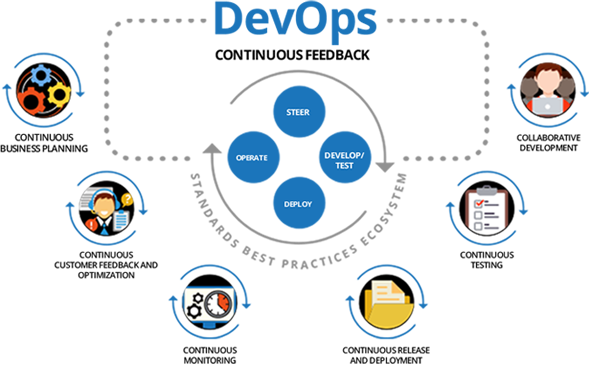
The stability is the essential aspect in the DevOps as it eliminates the unnecessary stages which are required to take a software application from expansion, using it to find out its issues and then manufacturing a better version. It kills the efficiency that can be possible with the app and decrease the number of attentive clients.


